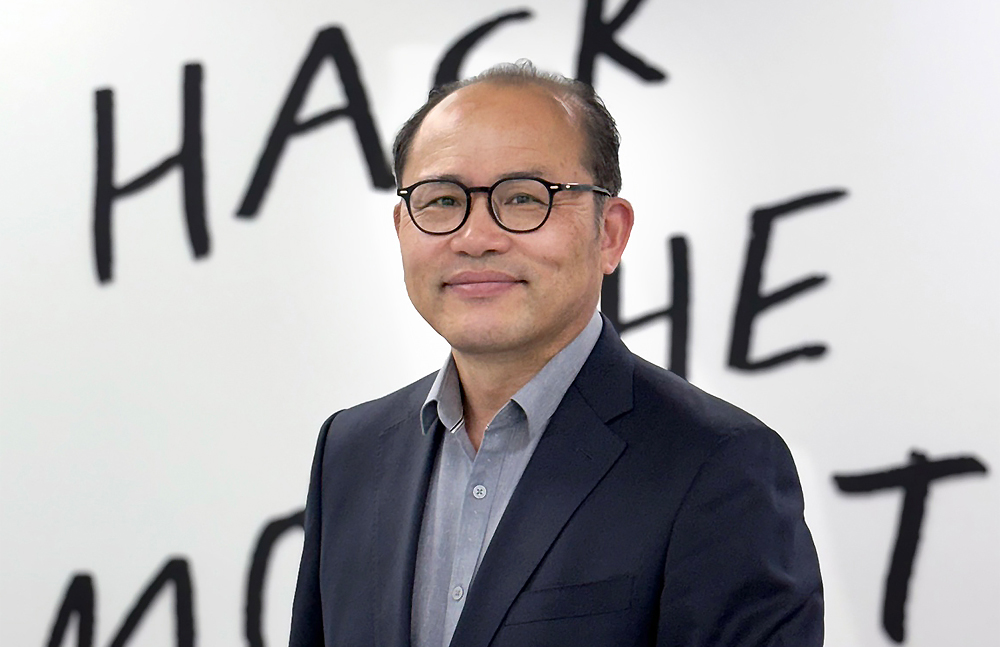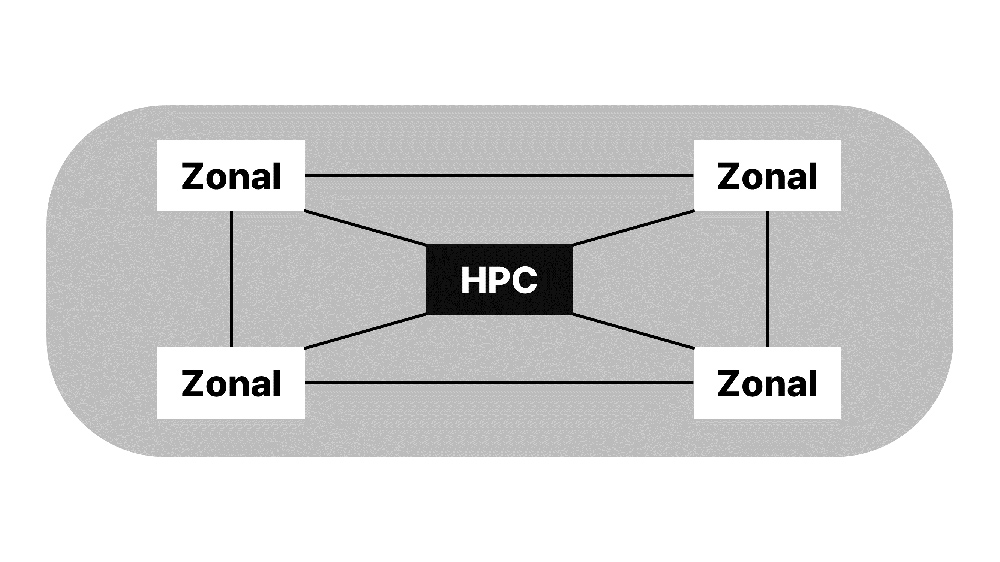![]()
Tier's hardware prowess is well-established, but software will be the key differentiator for future success. Then, what turning point awaits Tiers as software takes center stage? Lee Soon-cheol, Vice President of FESCARO, discusses Tier's development status, hurdles, and future roadmap.
Author | Lee Soon-cheol, Vice President, FESCARO

Lee Soon-cheol, Vice President
He started his career as an application engineer at
BOSCH and progressed through project manager and sales roles to an executive. He
then led the Korean branch of Elektrobit, a company specialized in automotive
middleware, during the Electric Vehicle boom. Now, he leverages his 30 years of
international experience to spearhead the expansion of next-gen controller
business for SDV at FESCARO.
* This article was crafted through a collaborative
approach, leveraging 70% raw expertise and 30% AI assistance.
Four Changes in the Automotive Ecosystem Triggered by Electrification
Electrification's impact on the
automotive industry has reshaped its ecosystem. Below is the four Key changes:
First, the Tiering between automakers
(OEMs) and controller developers (Tier) has crumbled. Semiconductor
manufacturers used to trade with Tiers, but now they’re dealing directly with
OEMs. As vehicles began to require high-performance graphics processing, signal
processing, and communications, etc., semiconductor manufacturers started to provide
integrated solutions such as autonomous driving, connectivity, safety, and
entertainment systems.
Second, the boundaries in the industry
have collapsed. Mobility service providers are emerging separately from
traditional OEMs. They are introducing new competitive elements into the
automotive industry by offering autonomous taxi services, shared mobility
platforms, demand-responsive vehicle-hailing services, and drone delivery
services.
Third, the distinction between
competitors and partners has become ambiguous. As the adoption of electric
vehicles expands, OEMs are putting significant effort into establishing and
expanding electric vehicle charging infrastructure. In this process, OEMs
between themselves or electric vehicle charger companies become partners and
share the infrastructure, or competitors depending on the region.
Fourth, the automotive industry
is witnessing a surge in software adoption. This is driven by several factors:
cost-effective software development, its ability to implement functionalities
such as autonomous driving, connectivity, safety, and entertainment into
software, and ease of update & maintenance. Most OEMs aim to develop
Software-Defined Vehicles (SDV). Implementing SDV requires a transition to a
zonal vehicle architecture, and high-performance computing (HPC) must be presupposed
for autonomous driving, artificial intelligence, and real-time data analysis. The
future holds promise for even deeper software integration within zonal or HPC.
The hardware development capabilities of Tiers have already reached a significant level. The software implementing these functions will be a key differentiator in future competition. Then, as the importance of software increases, what turning point will Tiers face? Let's discuss about Tier’s development status, hurdles to overcome, and direction to move forward.

Development Status of Tiers (Classified into four groups)
Tiers can be classified into four
groups according to their business area. Let's take a look at the development
status of global Tier 1 to Tier 2.
The first group is global Tier 1.
They supply control units to global OEMs and operate domestic and overseas
factories. They have sufficient in-house hardware and software development
human resources. Software human resources from small and medium Tier 1
companies and IT companies are moving here, and they are partnering with
universities to support students with scholarships and connect them with
employment. This mirrors the intense competition for talent once seen in the IT
and gaming industry. Engineers recruited through scouting often move to OEMs
after gaining 1 to 2 years of experience, so there is no absolute assurance
regarding workforce issues.
The second group consists of Tier
1 companies that have domestic OEMs as their main customers and also supply
control units to some overseas OEMs. While they possess a moderate software
development workforce, their workforce for concurrent mass production and
advanced development is limited. To address this, they strategically deploy
their human resource, focusing internal talent on advanced development while
collaborating with external specialists for mass production needs. In addition,
most companies have their research centers in the capital region, but some with
research centers located in rural areas choose to relocate only the software
department to the vicinity of the capital to operate an affiliated research
center. This decision is seen as a consideration of the concentration of talent
in the capital region. This phenomenon is also observed among some foreign
companies operating in Korea.
The third group consists of Tier
1 companies that mainly serve domestic OEMs while positioning themselves for
future overseas expansion. Their operations, including headquarters and
research centers, are concentrated outside the capital region. They develop
lower-level control units rather than upper-level control units for vehicles.
Many of the existing software developers have moved to Tier 1 companies, which
have research centers located globally or in the capital, and because it is
difficult to recruit experienced and new employees, they collaborate with
external specialized companies for mass production and advanced development.
The fourth group is Tier 2. The
hardware is developed in-house, and the software is provided by Tier 1. Because
they primarily develop and produce products that are closer to sensors than
control units, there are almost no software engineers in their research
centers. However, some companies possess specialized technology for specific
components. They see the current shift towards electrification in the
automotive ecosystem as an opportunity to expand their control unit development
capabilities.
We have checked the development
status of Tiers by group. Next, let's find out what hurdles the Tier must
overcome based on this current situation.
Three Hurdles that Tiers face in
The Era of SDV
Shortage of Software Human Resources
The rapid rise in software demand
within the automotive industry outpaces supply, leading to a shortage of software
engineers. Engineers are being drawn to global Tier 1 and OEMs. In a capitalist
economy, workers can seek companies that offer higher wages and better working
conditions depending on their abilities and experience, which contributes to
increasing the flexibility of the labor market. As further evidence, a 2022
survey by JOBKOREA, a Korean recruitment platform, revealed that ‘opportunities
for learning and growth’ are the biggest motivator for job changes among
workers in their 20s and 30s. 1)
If companies want to secure
talent, the key is to focus on career development, such as whether the company
has specialized expertise or can provide diverse or new experiences.
Recognition of software value
As software influence expands and
competition for workforce intensifies, it is evident that software will become a
key corporate asset in the future. However, in the automotive industry, the
value of software tends not to be reflected in terms of price. So far, software
has been included in the price of the control units. However, considering the
situation in which SDV will be composed of Zonal and HPC in the future, OEMs may
seek to procure software independent of control units developed by the existing
Tier 1 companies and embed it in the vehicle. Although developing all functions
is an option for OEMs, it is not easy to develop all while avoiding various
patents. To truly advance toward SDV, practical solutions for software pricing
between OEMs and Tier 1 companies are essential.
Developing Innovative Ideas
The shortage of software human
resources may be partially alleviated through collaboration with AI. While AI can
handle coding tasks, engineers will remain crucial for results verification,
and the strategic implementation of creative ideas that drive new services. As
the value of innovative software solutions increases, the industry should
explore ways to incentivize creative thinking among software engineers.
Tiers should prioritize
developing ideas for survival strategies in the SDV era, while strongly considering
implementing actual development through collaboration and partnerships with
external specialized companies. This can be an effective tool for boosting
productivity by shortening the development period, etc. Furthermore, Software
Development Kits (SDKs) should be provided to allow developers to easily
integrate the functions required for solutions without implementing separate
functions. Just as various applications are used on smartphones, new services
will be developed and used in vehicles in the future based on numerous
information exchanged through networks inside and outside the vehicle. Tiers
should also consider venturing into the development of in-vehicle applications.
If you have 70% of the ideas, you
now need 30% of creativity. At the beginning, I stated that this article was
written with 70% experience and 30% AI support. While daily journaling might
not demand extensive thought, crafting an insight column requires a different level of thinking. Then,
I felt that I could write more easily with the help of AI. First of all, I
quickly wrote down my observations and discoveries within the field. AI then
facilitated the completion of the writing, offering support in areas, such as sentence
flow, sourcing relevant materials, and identifying appropriate terminology.
If you have an innovative
software idea for SDV but are at a loss on how to implement it, it is similar
to my situation, which had raw ideas in writing this column. I believe that for
Tiers, 70% of development has already been completed with just a creative idea.
The important thing is to transform the idea into reality. I dare to
predict that companies with the “creativity” to execute ideas without a guideline
will be the key drivers of innovation. For those possessing 70% of the ideas,
the remaining 30% will be provided by software-specialized companies like
FESCARO, which will offer the most practical solutions to implement ideas.